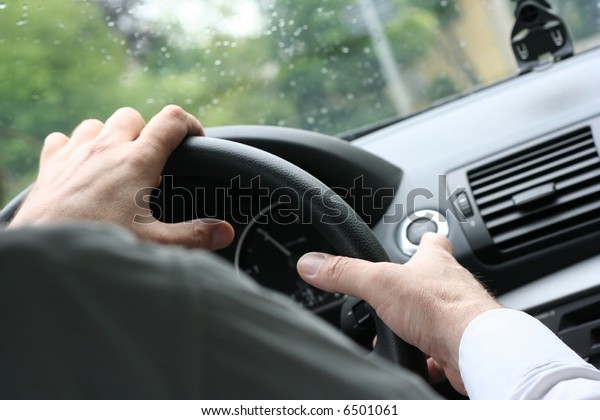

Even with this gadget, we still recommend doing a quick glance over the shoulder after checking the blind spot monitor just to be thorough. This blind-spot warning system should alert you any time your car is moving too close to another object. If you happen to have a car with a blind spot detection system and/or an audible alert system (these are sometimes called lane departure warning systems too), this can be a super helpful tool as well. If you're driving with passengers, you can always ask for driver assistance from them if they have a better view of your blind spots.

Keep anything you have loaded in the back of your car away from the windows if possible. You'll also want to make sure you keep your rear windows clear from any obstructions in your visual field whenever you're driving so you don't create more blind spots for yourself. Be sure to hold your steering wheel steady anytime you're doing one of these checks so you don't veer out of your lane accidentally while making sure the coast is clear. If you don't see any cars currently in these spaces, or any cars quickly approaching these areas around you, you're safe to flip on that turn signal and change lanes. Finally, you'll want to do a quick shoulder check one last time. Flip on your turn signal to let other cars know you'll be moving over, and check your rear mirrors and sidecar mirrors. A quick glance is simple enough, right? You don't have to be an advanced driver to master this skill.Īnytime you're changing lanes or merging, you'll want to check for any car blind spots in your driver view first. All it takes is a shoulder check and a mirror check to make sure you're safe to move over. You'll experience a large number of circumstances every time you drive where you'll need to know this information, so listen up and we'll teach you a thing or two about blind-spot monitoring when driving and changing lanes.īlind spots are the areas to the sides of your car that can’t be seen in your rear mirror or side mirrors- to make sure these spots are clear before changing lanes, you'll have to physically turn around and look to see what kind of crazy stuff is going on out there.

Do you know where your blind spots are? Could you point them out on another car? Hint: just using your peripheral vision isn't good enough. Knowing this will help protect you and those around you from an easily-avoidable accident (no one wants to get sideswiped, really). As a driver, it’s super important for you to know where the blind spots are on your own vehicle as well as other drivers' vehicles.


 0 kommentar(er)
0 kommentar(er)
